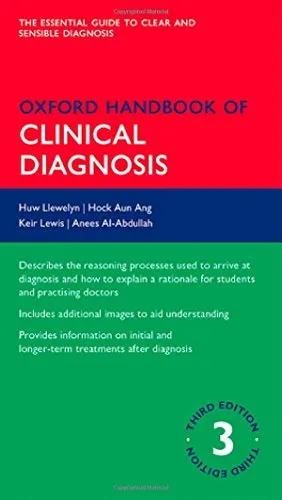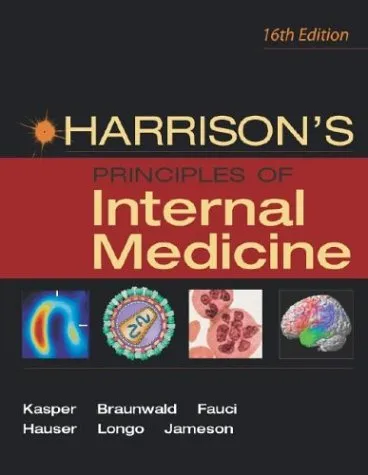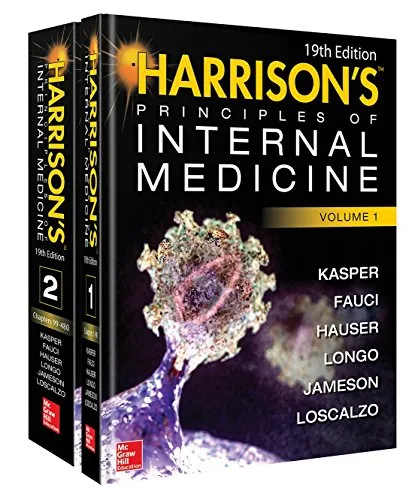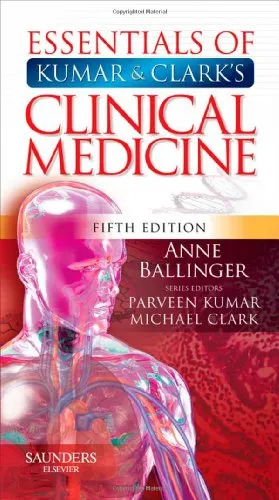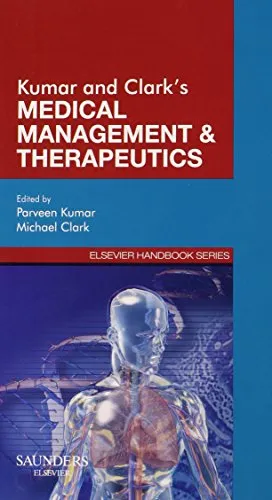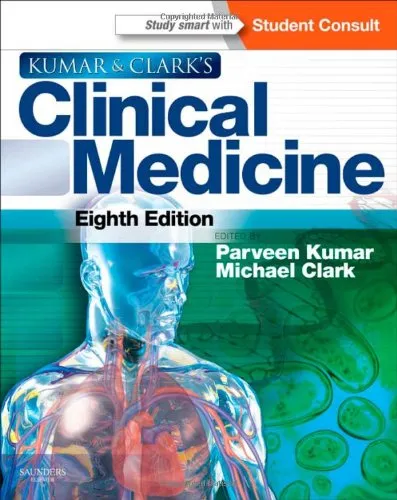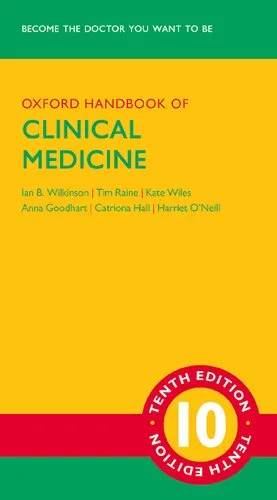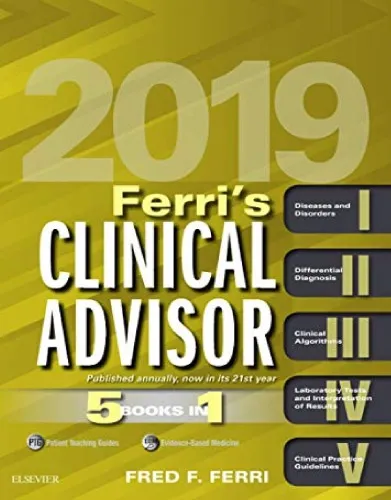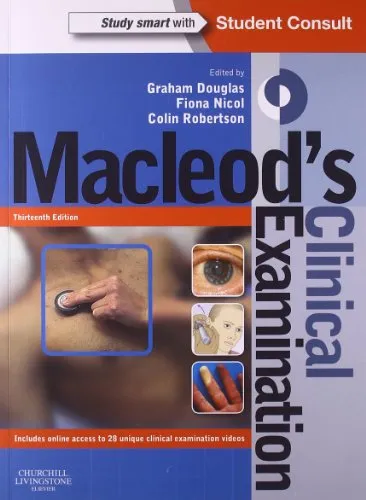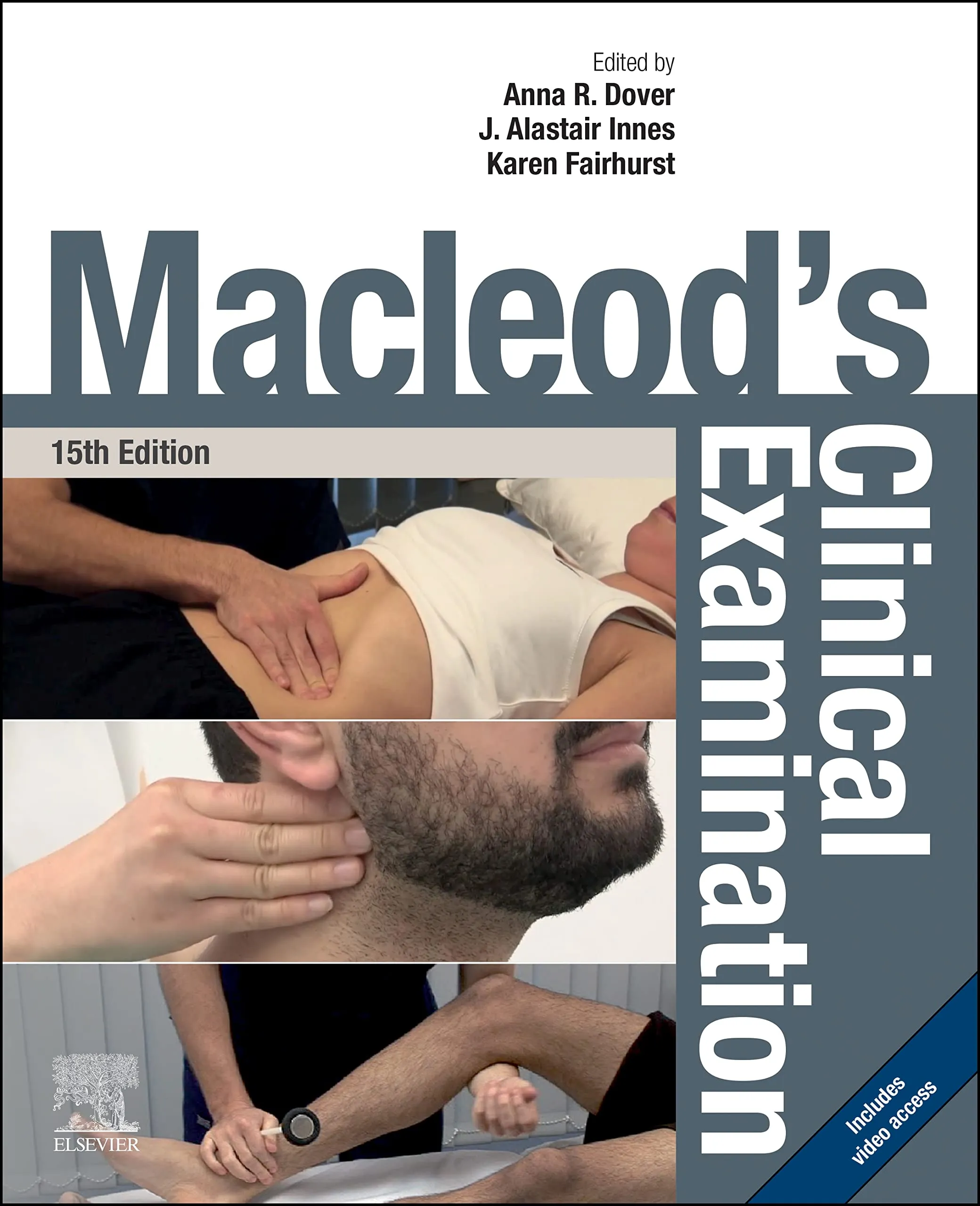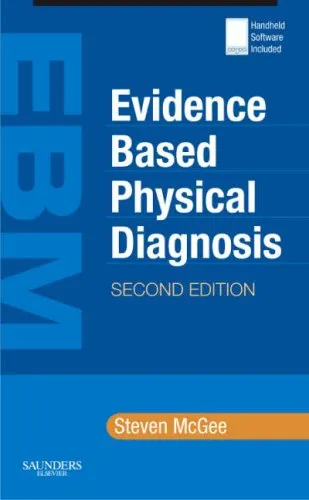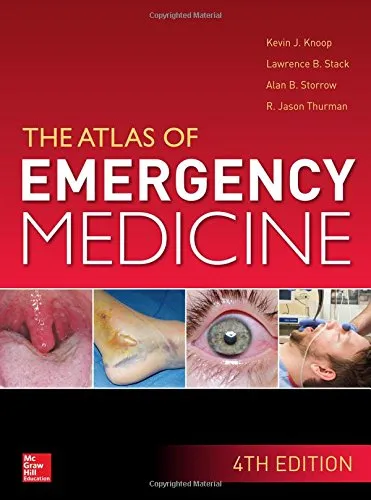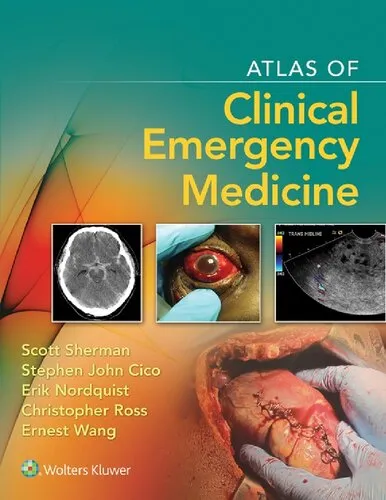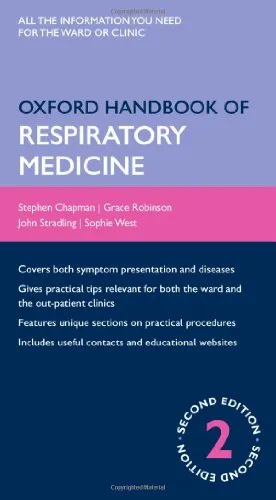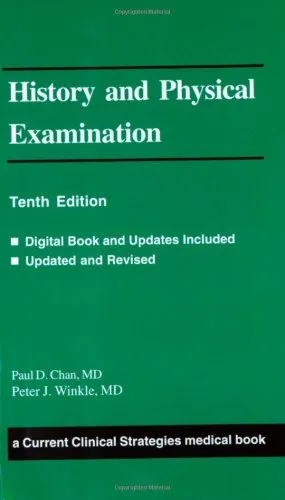Oxford Handbook of Clinical Diagnosis
4.6
بر اساس نظر کاربران

شما میتونید سوالاتتون در باره کتاب رو از هوش مصنوعیش بعد از ورود بپرسید
هر دانلود یا پرسش از هوش مصنوعی 2 امتیاز لازم دارد، برای بدست آوردن امتیاز رایگان، به صفحه ی راهنمای امتیازات سر بزنید و یک سری کار ارزشمند انجام بدینکتاب های مرتبط:
مقدمهای بر کتاب 'Oxford Handbook of Clinical Diagnosis'
این کتاب یکی از منابع معتبر و جامع در حوزه تشخیص بالینی است که به دست گروهی از نویسندگان متبحر به رشته تحریر درآمده و به منظور ارتقای دانش و مهارتهای کلینیکی پزشکان نگاشته شده است.
خلاصه کتاب
کتاب 'Oxford Handbook of Clinical Diagnosis' تمامی جنبههای مرتبط با فرآیند تشخیص بیماریها را پوشش میدهد. این کتاب به پزشکان کمک میکند تا بتوانند با استفاده از الگوریتمها و ابزارهای جدید، به بهینهترین نتیجه ممکن در تشخیص بیماران برسند. در هر فصل، نویسندگان به بررسی نشانهها و علائم بالینی پرداختهاند و با تکیه بر دادههای علمی به روز، راهکارهایی برای تشخیص سریع تر و دقیق تر ارائه دادهاند.
نکات کلیدی
- تکنیکهای بهینه برای بررسی علائم
- استفاده از الگوریتمهای تشخیصی برای تصمیمگیری بهتر
- چگونگی به کارگیری تستهای آزمایشگاهی در حمایت از تشخیصهای بالینی
- روشهای بررسی تاریخچه پزشکی بیماران
جملات مشهوری از کتاب
"Consider everything transient except the patient’s history."
"Diagnosis is about making connections, not just recognizing patterns."
چرا این کتاب اهمیت دارد
کتاب 'Oxford Handbook of Clinical Diagnosis' به عنوان یکی از منابع کلیدی در آموزش و تمرینهای بالینی پزشکان شناخته میشود. این کتاب نه تنها پایههای مهم علمی را به طور جامع ارائه میدهد، بلکه با تمرکز بر تکنیکهای عملی و ابزارهای تشخیصی، به پزشکان کمک میکند تا عملکرد بهینهتری در محیطهای بالینی داشته باشند. علاوه بر این، با ارائه روشهای دقیق و نوین، این کتاب به حفظ استانداردهای بالای مراقبتهای بهداشتی کمک میکند و به پزشکان در ارائه تشخیصهای دقیقتر و موثرتر یاری میرساند.
The "Oxford Handbook of Clinical Diagnosis" is an essential resource for medical professionals and students alike, offering a comprehensive and methodical approach to the art and science of diagnosis. Written by experts in the field, Huw Llewelyn, Hock Aun Ang, Keir Lewis, and Anees Al-Abdullah, this handbook serves as an invaluable guide to the critical process of identifying diseases and conditions based on clinical evaluations.
Detailed Summary of the Book
This handbook is meticulously crafted to support clinicians in making accurate and timely diagnoses. It emphasizes a systematic approach, encouraging readers to integrate various clinical findings with their knowledge of pathophysiological processes. The book covers a wide range of medical conditions, offering insights into their presentation, differentiation, and underlying mechanisms. Notably, it blends classical diagnostic techniques with modern technology-driven methods, giving readers a balanced perspective on contemporary practice.
The guide promotes critical thinking and hypothesizing based on patient history, physical examinations, and preliminary test results. It provides detailed descriptions of symptom analysis, helping clinicians to narrow down differential diagnoses. Each chapter is structured to build upon the clinician's understanding progressively, ensuring that both fundamental and advanced diagnostic skills are developed. In addition, the book is replete with practical tips, mnemonic devices, and illustrative case studies that reinforce learning and aid memory retention.
Key Takeaways
- Comprehensive coverage of a wide array of diseases and conditions.
- Integration of traditional diagnostic methods with modern technological advances.
- User-friendly structure that guides from basic to advanced diagnostic reasoning.
- Practical tips, mnemonics, and case studies to enhance learning and application.
- Emphasis on critical thinking and the development of a diagnostic hypothesis.
Famous Quotes from the Book
"A diagnosis is not the end, but the beginning of practice."
"Understanding the patient, in all their complexity, is the cornerstone of effective diagnosis."
Why This Book Matters
In the rapidly evolving field of medicine, the need for accurate and effective diagnosis is more critical than ever. Missteps in the diagnostic process can lead to detrimental consequences for patients, escalating healthcare costs, and unnecessary treatments. The "Oxford Handbook of Clinical Diagnosis" equips healthcare professionals with the knowledge and tools required to navigate these challenges effectively.
The book's practical approach to blending theoretical knowledge with real-world application sets it apart as a quintessential reference. Its emphasis on the clinician's role in understanding and synthesizing diverse clinical data ensures that its readers develop a robust skill set, capable of meeting the high standards demanded by modern medicine.
More than just a textbook, this handbook serves as a mentor, guiding clinicians through the intricacies of diagnosis with clarity and precision. It instills confidence in practitioners by offering a dependable framework for evaluating symptoms, reaching conclusions, and implementing appropriate care plans. For those committed to excellence in diagnosis, this book is an indispensable companion on the journey to professional mastery and improved patient outcomes.
دانلود رایگان مستقیم
شما میتونید سوالاتتون در باره کتاب رو از هوش مصنوعیش بعد از ورود بپرسید
دسترسی به کتابها از طریق پلتفرمهای قانونی و کتابخانههای عمومی نه تنها از حقوق نویسندگان و ناشران حمایت میکند، بلکه به پایداری فرهنگ کتابخوانی نیز کمک میرساند. پیش از دانلود، لحظهای به بررسی این گزینهها فکر کنید.
این کتاب رو در پلتفرم های دیگه ببینید
WorldCat به شما کمک میکنه تا کتاب ها رو در کتابخانه های سراسر دنیا پیدا کنید
امتیازها، نظرات تخصصی و صحبت ها درباره کتاب را در Goodreads ببینید
کتابهای کمیاب یا دست دوم را در AbeBooks پیدا کنید و بخرید
1424
بازدید4.6
امتیاز0
نظر98%
رضایتنظرات:
4.6
بر اساس 0 نظر کاربران
Questions & Answers
Ask questions about this book or help others by answering
No questions yet. Be the first to ask!
